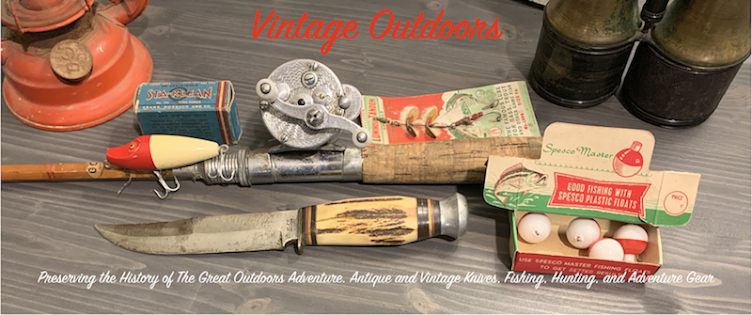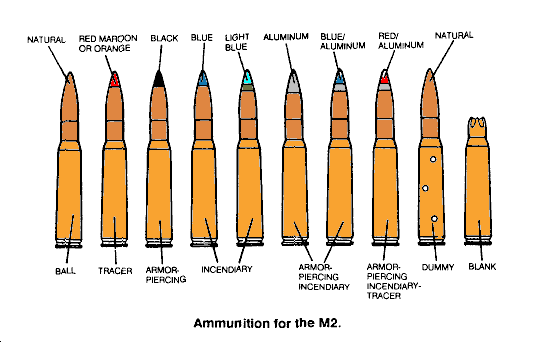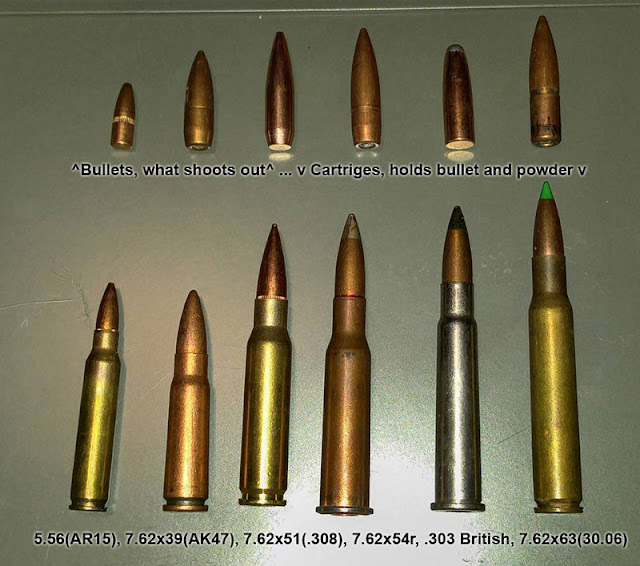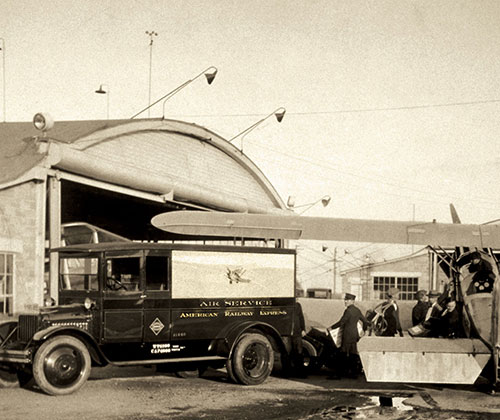The Smith & Wesson Model 1
was issued in three different variations. Each issue included technical
advances and redesigns. Listed below are the specifications of each
issue and what was changed as well as a visual example of each
variation.
----------------------------------------------------------
----------------------------------------------------------
Model 1 - 1st Issue
The S&W Model 1 1st Issue is the most rare. Only 12,000 were produced over 3 years.
The distinguishing features for the 1st issue are:
• flared, square cornered shaped grip (also featured in the 2nd Issue)
• split articulated hammer
• small round side plate located between the rear of the cylinder and the grip (similar to early Colt open tops)
• in early models a flat spring barrel mount catch.
There are said to also be 6
sub-variations within the 1st Issue. Each of these include minor changes
in design such as the barrel latch going form a flat spring to a
bayonet style. The barrel rifling and recoil shield was also changed.
Serial Numbers range for Model 1 1st issue were 1-12,000
--------------------------------------------------------------------------------
--------------------------------------------------------------------------------
The 2nd Issue of the Model 1 shares
the same grip and frame design as the 1st issue so they are often
confused. There are several notable differences listed below.
• The side plate on the 2nd Issue was much larger and irregularly shaped replacing the round one.
• The profile of the frame was more flat
• the hammer was now made in one piece
110,000 2nd Issues were produced from 1860- 1868
Serial numbers range 12,000 - 120,000
-----------------------------------------------------------------------------
-----------------------------------------------------------------------------
Model 1- 3rd Issue
The Model 1 3rd Issue included a more substantial change in design from the 1st and 2nd Issue.
Changes included:
- fluted cylinder
- round barrel
- rounded "bird's head" style grip
- Finish options included nickel plate and blued steel
Produced from 1868 through 1882, the 3rd Issues were serial number range 1 - 131,000.
..................................................................................................................................................................
..................................................................................................................................................................
The Model 1 1/2 had three
issues. The first two (known as the first and second issues) were
"tip-up" revolvers with the barrel release catch located on the side of
the frame in front of the trigger, while the third (known as the
"Model 1 1/2 Single Action Revolver") was a "top-break", with the
barrel release catch located on the top of the frame, just in front of
the hammer.
---------------------------------------------------------------------------------
---------------------------------------------------------------------------------
Model 1 1/2 1st Issue
The first issue of the Model 1 1/2 can be identified by :
·
smooth cylinder (lacking fluting)
·
square shape of the grip butt
·
blued or nickel plated finishes
·
most had 3 1/2" barrels, 4" barrel were made but less common
Serial number range 1 - 26,300
---------------------------------------------------------------------------
---------------------------------------------------------------------------
Model 1 1/2 - 2nd Issue
The second issue of the Model 1 1/2 features:
· rounded barrel
·
rounded shape of the grip butt
·
also produced in blued steel and nickel plated finish
·
commonly 3 1/2" barrel, A rare 2 1/2" barrel
was also made with the barrel markings on the side of the barrel as
opposed to the top strap on 3 1/2" barrels.
2nd Issue serial numbered consecutively after the 1st Issue were 26,300 - 127,000.
There was a transitional run in 2nd
issue that used unrounded 1st issue barrels. The serial number range for
transitional models was approximately 27,200 through 28,800.
--------------------------------------------------------------------------------------
--------------------------------------------------------------------------------------
Single Action Revolver
The third issue Model 1 1/2 is known as the "Model No. 1 1/2 Single Action Revolver"
There were major changes in this model including:
·
Top break design (just forward of the hammer)
·
No ejector rod under the barrel
·
large hinge located in front of and just below the barrel
·
an extractor that ejects spent cartridges when the barrel is opened
·
rounded butt grips similar to ones on the 2nd Issue
·
marked the debut of the .32 S&W centerfire cartridge.
Serial numbers range 1 - 97,500


















